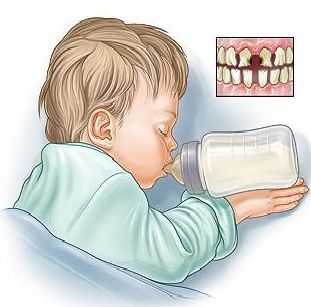
Temporary tooth decay is a very common condition in children, a phenomenon that is increasing due to changes in eating habits. The more unhealthy children's diets are, the more prone they are to cavities and tooth loss, with around 20% of two-year-olds having at least one cavity.
Baby teeth have a different structure than adult teeth. They are more sensitive and less resistant. Baby teeth are sensitive to bacteria living in the mouth and if there is no proper dental hygiene, baby tooth decay can occur very quickly.
If cavities appear in the temporary teeth, they will not stagnate, on the contrary, they will spread both on the surface and in depth. A small cavity can be treated by simply removing it and filling it with various materials, depending on the depth.
If the decay is deep or has even affected the nerve of the tooth, endodontic treatment and filling of the cavity itself must be performed.
If left untreated, cavities can cause pain, infection of the gums and jawbone, leading to the need to extract the tooth. These infections can spread to neighbouring teeth as well as to permanent teeth in the bud stage.
 RO
RO  EN
EN 